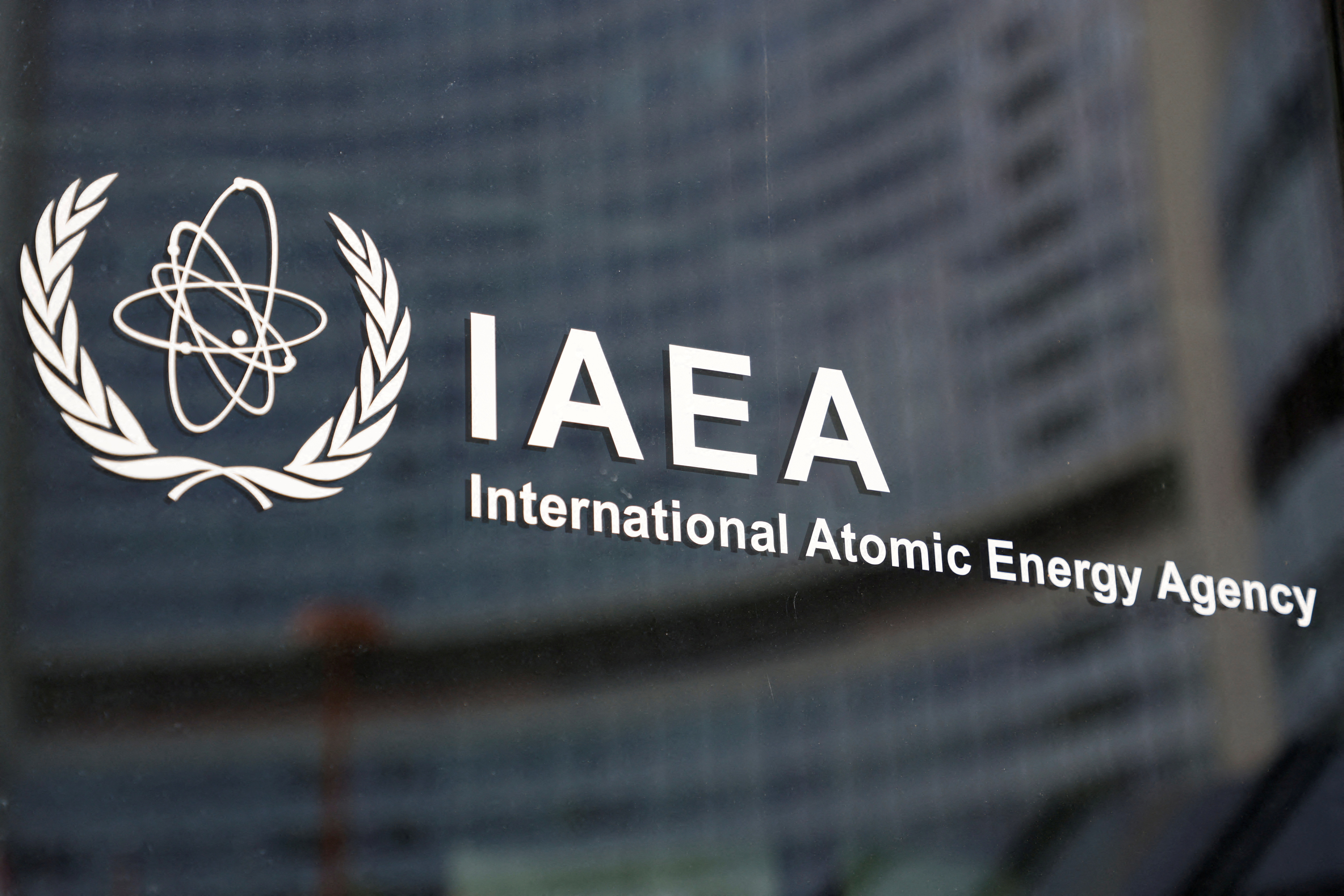
The United Nations’ International Atomic Energy Agency (IAEA) has said approximately 2.3 tonnes of natural uranium had gone missing from a site in Libya not under government control, according to reports by news agencies.
IAEA chief Rafael Grossi told the organisation’s member states this week that inspectors reported that 10 drums containing uranium ore concentrate had gone missing and “were not present as previously declared” at the location in Libya.
The IAEA will conduct further activities “to clarify the circumstances of the removal of the nuclear material and its current location”, the organisation said in a statement on Wednesday without providing further details on the site, according to Reuters and AFP.
“The loss of knowledge about the present location of nuclear material may present a radiological risk as well as nuclear security concerns,” the IAEA said, adding that reaching the site required “complex logistics”.
Anas El Gomati, founder and director of Libya-based think tank Sadeq Institute, told Al Jazeera that the site is most likely located in southern Libya, about7km (4 miles) from the city of Sabha.
“[This area is] where not only Khalifa Haftar, the renegade general that has waged a war on the capital for the last several years, is in control of the security in the area, but it’s also kilometres within the reach of the Wagner group, Russia’s elite shadow army that are now also based in southern Libya for the last few years,” El Gomati said.
“That’s a chilling development – [nearly] 2.5 tonnes of uranium have gone missing that could be flogged on the black market by some militia or by some thieves. This is hardly something that someone could go and sell very easily and it’s not something that’s easily procured by any other elicit actor.
“This is something that is a prized asset in the international market by a particular number of players and that’s what is really leading the suspicions of sinister players like the Wagner group and and volatile players like Khalifa Haftar for those scratching their heads and thinking ‘who could have done this’.”
He added it is known these barrels were held in this area at least in 2011 and 2013.
Libya in 2003, under later leader Muammar Gaddafi, renounced its nuclear, chemical and biological weapons programme after secret discussions with the United States and United Kingdom. Gaddafi’s government had obtained centrifuges that could enrich uranium as well as design information for a nuclear bomb, though the country made little progress towards creating a nuclear weapon.
Since a NATO-backed uprising and Gaddafi’s fall in 2011, the country has been beset by political crises and competing militias forming opposing alliances backed by foreign powers. Political control in the country remains split between a nominally interim government in the capital Tripoli in the west and another in the east backed by Haftar.
The last major armed confrontations only ended in 2020 and sporadic fighting continues.







